Satellite imagery that The War Zone has obtained from Planet Labs shows damage to various hangars and other structures at Al Assad Air Base in Iraq following Iran’s unprecedented missile strikes aimed at U.S. forces in that country overnight. U.S. and Iraqi officials have said that the strikes, which also involved missiles fired toward Erbil, the capital of Iraq’s semi-autonomous northern Kurdish region, caused minimal damage and no U.S., coalition, or Iraqi casualties.
Approximately 5,000 U.S. personnel are situated in Iraq, with roughly 1,500 of them situated at Al Assad, which supports a wide range of fixed-wing, helicopter, and drones operations, among other activities. Various other members of the U.S.-led coalition fighting ISIS are also present at the base, as well as Iraqi forces.
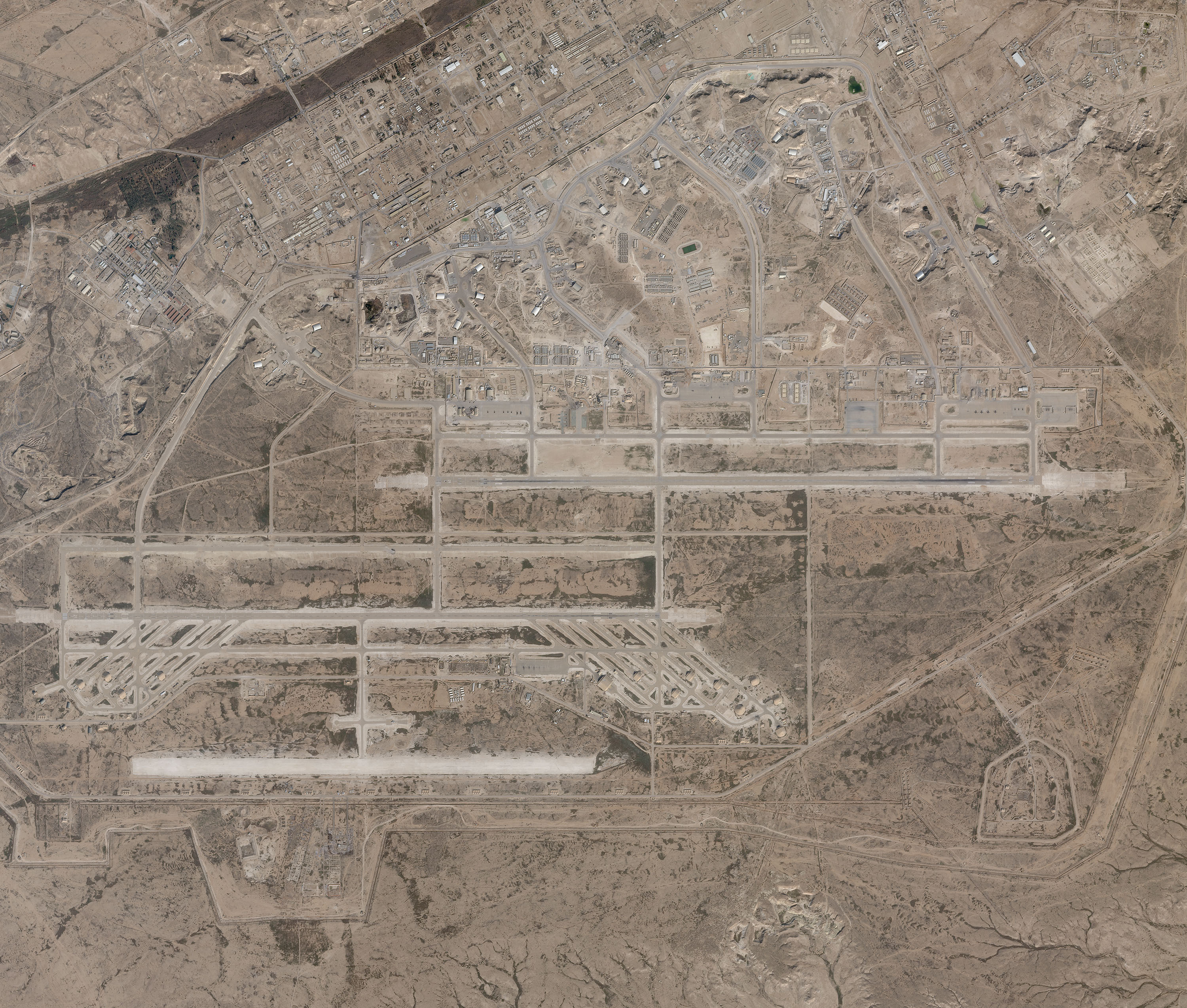
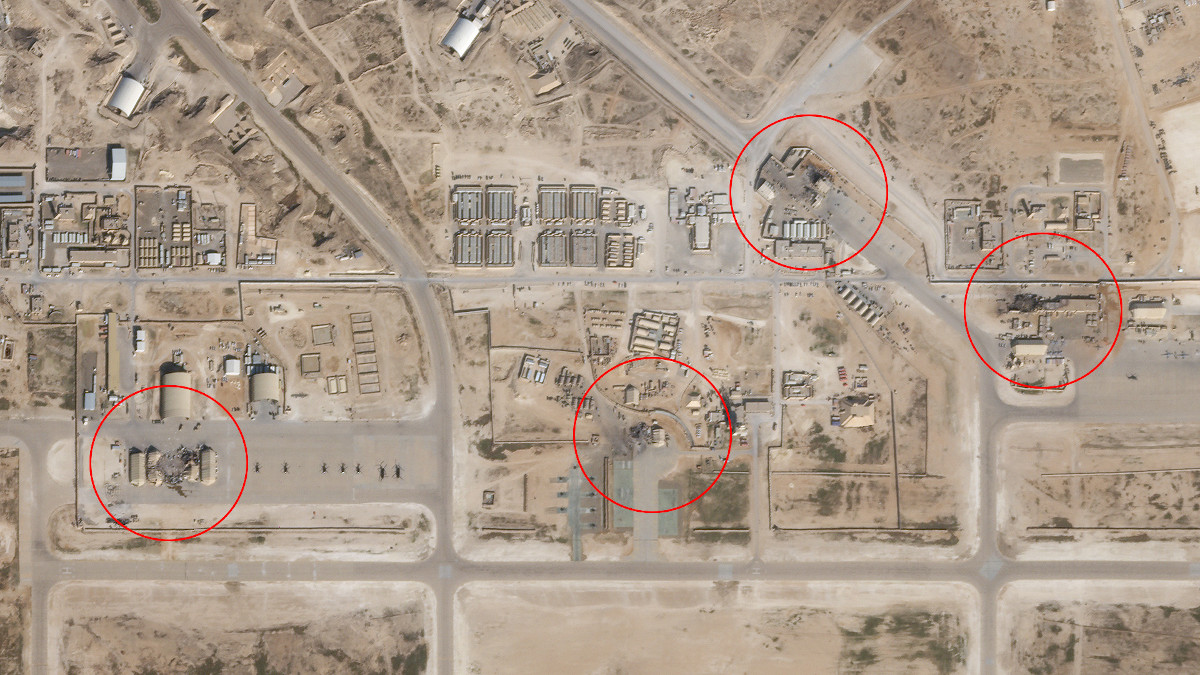
This imagery stands in a certain contrast to reports earlier today from U.S. military officials indicating that they thought Iran had deliberately targeted certain areas of Al Assad with an eye toward avoiding casualties. Even if the Iranians had intended to cause limited damage and no loss of life, firing ballistic missiles at that base, as well as Erbil, would have still presented inherent risks that the regime in Tehran was clearly willing to accept.
Beyond that, Iran choosing targets based on the likelihood that the strikes would cause minimal casualties or to achieve other specific effects would indicate that the Islamic Revolutionary Guard Corps has confidence in the performance and accuracy of its extensive missile arsenal. Judging by the imagery, they have good reason to be. We already knew the latest short-range ballistic missile systems from Iran were quite accurate, but the pinpoint targeting of key aviation facilities is very telling. At the same time, it was stated that 14 weapons were fired at Al Assad, three of which failed, but we still only have spotted less than half the impact areas at this time. It is also possible that Iran assigned multiple missiles at each target for better effects and redundancy.
It remains unknown what types of missiles Iran employed, but Iraqi authorities have recovered parts of what strongly appear to be Qiam short-range ballistic missiles. There are still reports that variants or derivatives of the Fateh-110 series were employed, as well.
It remains unclear how many missiles Iran fired in total, as well. Earlier today, U.S. officials had increased their estimate of the total number of missiles from 15 to 16, four of which apparently failed in flight. One of the weapons struck Erbil, while the remaining missiles reportedly hit Al Asad. Iraqi news reports say that Iran may have fired as many as 22 missiles.
It is also worth noting that the top stage of the Qiam missile, housing the warhead, separates from the rest of the missile in flight, meaning that pictures of “crashed” lower stages may not necessarily mean those weapons failed.
The U.S. government has also now confirmed that it did not shoot down any incoming missiles. It did not, at least at the time of the strikes, have any ballistic missile defenses in place in Iraq ostensibly because its forces were postured to fight ISIS, which does not have these weapons. This, however, seems curious given numerous reports in the past six months or so about intelligence indicating that Iran or its regional proxies might be moving missiles into position to attack U.S. interests in the Middle East or those its allies and partners.
A breakdown of the high-resolution image of Al Assad taken on January 8th, 2020 will be posted below shortly and we will add more analysis about the strikes after we look more closely at the imagery.
UPDATE: 10:30AM PST—
We found another impact site. Dead on hit of another soft aircraft shelter on the CV-22 flightline. Note, both hangars to each side are also damaged. There will be aircraft damaged and lost from this attack.
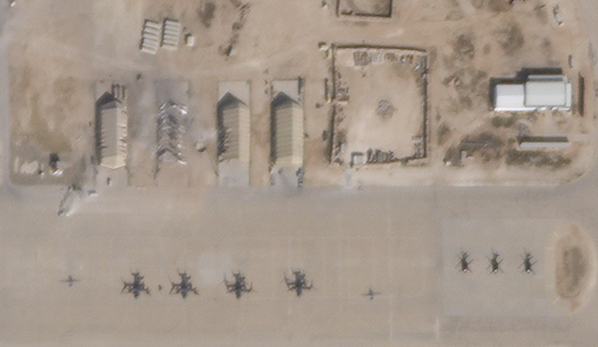
UPDATE: 11:20AM PST—
Two more impact areas have been found:
The southeastern corner of the base, where there is a large cluster of hardened aircraft shelters, also has an impact area. It is on one of the taxiways as seen below.
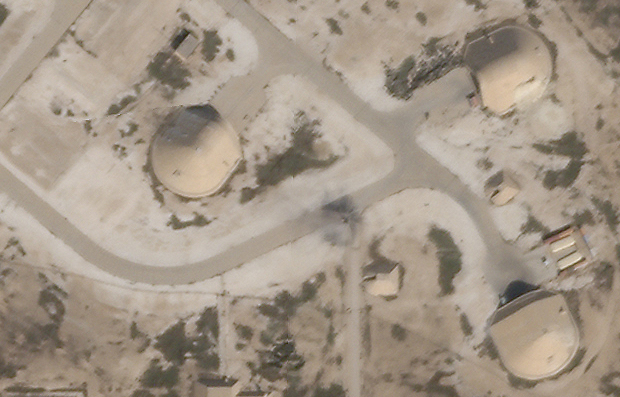
Another impact area appears on a taxiway between the base’s runways.
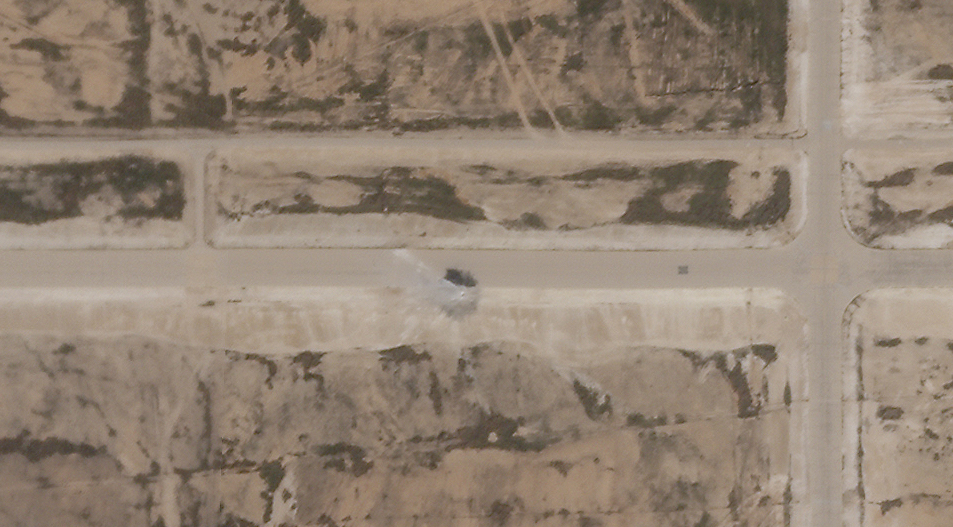
UPDATE: 11:30AM PST—
We have made the full resolution satellite image available to you at this link. It is only very slightly degraded due to its conversion from TIFF to JPEG. Skysat is 0.8 meter resolution although atmospherics have an impact the quality of the image overall.
UPDATE: 2:50PM PST—
U.S. Army General Mark Milley, the Chairman of the Joint Chiefs of Staff, has said that, in his personal opinion, Iran was aiming to kill American personnel and destroy U.S. equipment with its missiles strikes on Al Asad and Erbil. This contradicts earlier reports that U.S. officials believed that the Iranian regime had deliberately chosen targets to try to avoid causing casualties.
Milley also credited unspecified “defensive countermeasures” and “defensive techniques” as helping prevent casualties, in addition to early warning capabilities and timely intelligence. He did not elaborate, but it is possible that he was simply referring to shelters where personnel took cover during the strikes.
Despite some reports, there are no indications that the United States had any air or missile defenses, such as Patriot surface-to-air missile systems, at Al Asad, in particular, with which they could have tried to shoot down the incoming missiles. Fox News had already reported that this was the case and further analysis of the satellite image The War Zone obtained does not show any evidence of Patriots in place.
It does remain curious that this was the case given multiple reports about U.S. intelligence indicating the potential for Iran or its regional proxies to launch attacks with unspecified missiles last year. It is also worth noting that after the unprecedented suicide drone and cruise missile attacks on Saudi Arabia in September 2019, which the U.S. government blames on Iran directly, the U.S. Army deployed Patriot missile systems to that country, where they remain in place.
Regardless, it is worth remembering that, even if Patriots or some other ballistic missile defense system, had been in place at the time, it is very unlikely that they would have been able to successfully intercept all of the incoming Iranian weapons. This is something The War Zone has discussed in general terms in the past.
Contact the authors: joe@thedrive.com and tyler@thedrive.com
